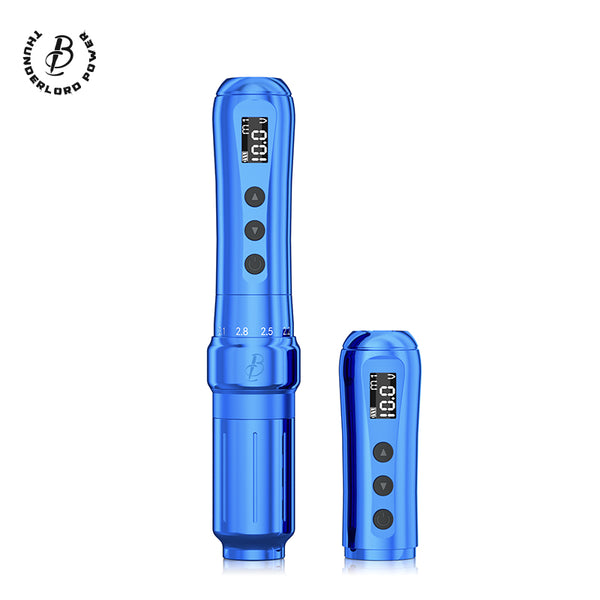In the healthcare industry, ensuring the safety of medical professionals and patients is paramount. One critical aspect of this safety is the prevention of needle stick injuries. Needle stick prevention pads play a vital role in mitigating these risks, providing a safer environment for healthcare workers and patients alike. This article delves into the importance of these pads, their benefits, and their role in the healthcare industry.

The Importance of Needle Stick Prevention Pads in the Healthcare Industry
Needle stick injuries are a significant concern in healthcare settings, posing risks of transmitting bloodborne pathogens such as HIV, hepatitis B, and hepatitis C. The importance of needle stick prevention pads in the healthcare industry cannot be overstated. These pads serve as a protective barrier, reducing the likelihood of accidental needle sticks and enhancing overall safety.
Enhancing Safety for Healthcare Workers
Healthcare workers are at the forefront of patient care, often handling needles and other sharp instruments. Needle stick prevention pads are designed to provide an additional layer of protection, minimizing the risk of accidental injuries. For instance, during procedures like blood draws or injections, these pads can be placed strategically to shield healthcare workers from potential harm.
Reducing Healthcare Costs
Needle stick injuries not only pose health risks but also result in significant financial burdens for healthcare institutions. The costs associated with treating infections, conducting follow-up tests, and managing legal liabilities can be substantial. By investing in needle stick prevention pads, healthcare facilities can reduce the incidence of these injuries, ultimately lowering associated costs and improving financial efficiency.
Improving Patient Confidence
Patients trust healthcare professionals to provide safe and effective care. The use of needle stick prevention pads demonstrates a commitment to safety, fostering greater confidence among patients. When patients see that healthcare providers are taking proactive measures to prevent injuries, it enhances their overall experience and trust in the healthcare system.
Promoting a Culture of Safety
Implementing needle stick prevention pads is part of a broader effort to promote a culture of safety within healthcare settings. By prioritizing the well-being of healthcare workers and patients, institutions can create an environment where safety is paramount. This culture of safety extends beyond needle stick prevention, encompassing all aspects of patient care and worker protection.
Innovative Approaches to Needle Stick Prevention
Innovation in needle stick prevention pads continues to evolve, with new designs and materials enhancing their effectiveness. For example, some pads are now made with advanced materials that provide better puncture resistance and comfort. Additionally, ergonomic designs ensure that these pads can be easily integrated into various medical procedures without hindering performance.
Case Studies and Real-World Applications
Numerous healthcare facilities have successfully implemented needle stick prevention pads, showcasing their effectiveness in real-world settings. For instance, a hospital in a major city reported a significant reduction in needle stick injuries after incorporating these pads into their standard procedures. This success story highlights the practical benefits and underscores the importance of widespread adoption.
Conclusion
The importance of needle stick prevention pads in the healthcare industry is clear. These pads play a crucial role in protecting healthcare workers, reducing costs, improving patient confidence, and promoting a culture of safety. As innovation continues to drive advancements in this field, the future of needle stick prevention looks promising. By prioritizing the use of these pads, healthcare institutions can ensure a safer and more efficient environment for all.



